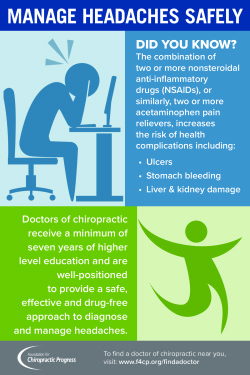The Science Behind Cold Laser Therapy: Understanding Its Mechanisms And Impacts
The Science Behind Cold Laser Therapy: Understanding Its Mechanisms And Impacts
Blog Article
Write-Up Written By-Krog McIntosh
You may have become aware of cold laser treatment as an encouraging therapy alternative for numerous problems, yet have you ever wondered exactly how it in fact deals with a mobile degree? Recognizing the systems behind this therapy can clarify its performance in advertising recovery and minimizing inflammation. By exploring the science behind cold laser treatment, you'll get insights right into the remarkable methods which light can affect mobile procedures and help with cells repair.
Just How Cold Laser Therapy Functions
To understand just how cold laser therapy functions, you need to realize the basic principles of how light power engages with biological tissues. Cold laser therapy, likewise known as low-level laser treatment (LLLT), uses particular wavelengths of light to pass through the skin and target underlying tissues. Unlike the extreme lasers utilized in procedures, cold lasers release reduced levels of light that do not create heat or create damages to the tissues.
When these gentle light waves get to the cells, they're taken in by parts called chromophores, such as cytochrome c oxidase in mitochondria. This absorption causes a series of organic reactions, consisting of enhanced mobile energy manufacturing and the release of nitric oxide, which boosts blood flow and lowers inflammation.
In addition, the light power can likewise stimulate the production of adenosine triphosphate (ATP), the power money of cells, helping in cellular repair and regrowth processes.
Basically, cold laser therapy uses the power of light power to promote recovery and reduce discomfort in a non-invasive and mild way.
Mechanisms of Action
Just how does cold laser therapy in fact work to produce its restorative impacts on biological tissues?
Cold laser therapy, likewise referred to as low-level laser therapy (LLLT), runs with a process referred to as photobiomodulation. When the cold laser is applied to the skin, the light power penetrates the cells and is taken in by chromophores within the cells.
These chromophores, such as cytochrome c oxidase in the mitochondria, are then promoted by the light power, causing a waterfall of biological responses. One key device of action is the improvement of cellular metabolic process.
https://chiropractornearmecaracci38382.blogoxo.com/30380074/the-increasing-appeal-of-cold-laser-therapy-gadgets-transitioning-from-facilities-to-home-use soaked up light power enhances ATP production in the mitochondria, which is crucial for mobile feature and repair work. Furthermore, cold laser treatment assists to lower swelling by inhibiting inflammatory arbitrators and advertising the launch of anti-inflammatory cytokines.
This anti-inflammatory impact adds to discomfort alleviation and tissue healing.
Therapeutic Results
Understanding the restorative results of cold laser treatment entails identifying how the enhanced cellular metabolic process and anti-inflammatory buildings contribute to its positive results on organic cells.
When the cold laser is applied to the damaged location, it boosts the mitochondria within the cells, causing increased manufacturing of adenosine triphosphate (ATP), which is crucial for cellular function and repair. This increase in cellular power increases the healing process by advertising tissue regrowth and minimizing swelling.
Furthermore, the anti-inflammatory residential or commercial properties of cold laser treatment assistance to decrease discomfort and swelling in the targeted location. By inhibiting inflammatory moderators and promoting the release of anti-inflammatory cytokines, cold laser treatment aids in reducing discomfort and enhancing the general healing response.
hair loss prevention ct in swelling not just supplies instant alleviation however also sustains lasting tissue repair work.
Conclusion
In conclusion, cold laser treatment functions by stimulating mobile repair service and cells regeneration through photobiomodulation. Its anti-inflammatory buildings provide discomfort alleviation and reduce swelling by hindering inflammatory arbitrators.
This treatment provides a thorough strategy to recovery, delivering both immediate alleviation and lasting tissue repair advantages.
Through its systems of activity, cold laser therapy proves to be an efficient and encouraging treatment option for a selection of conditions.
